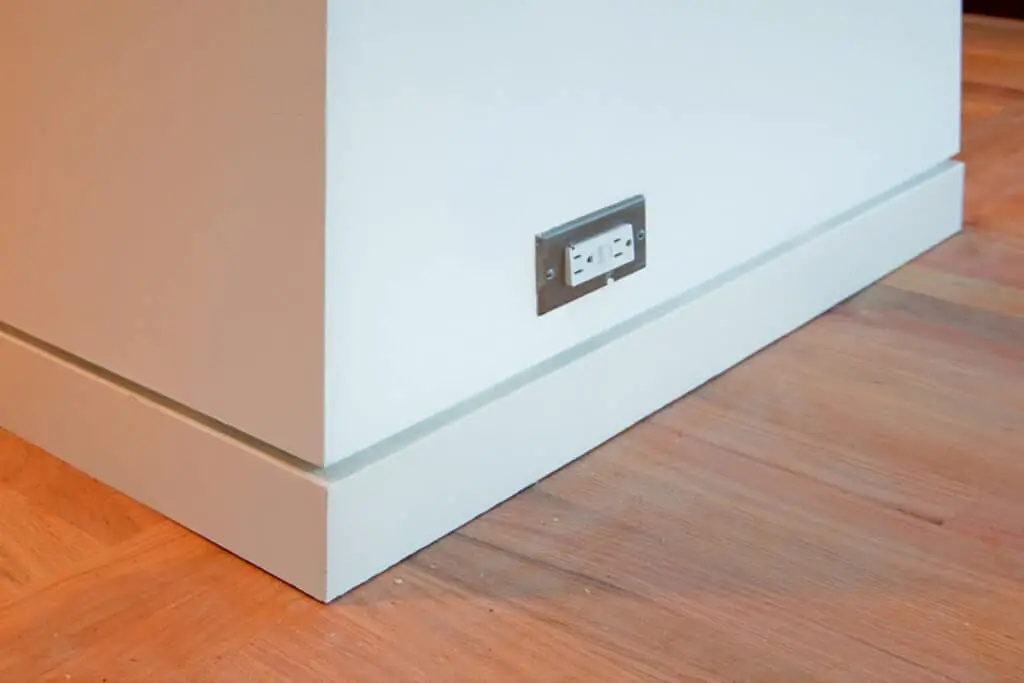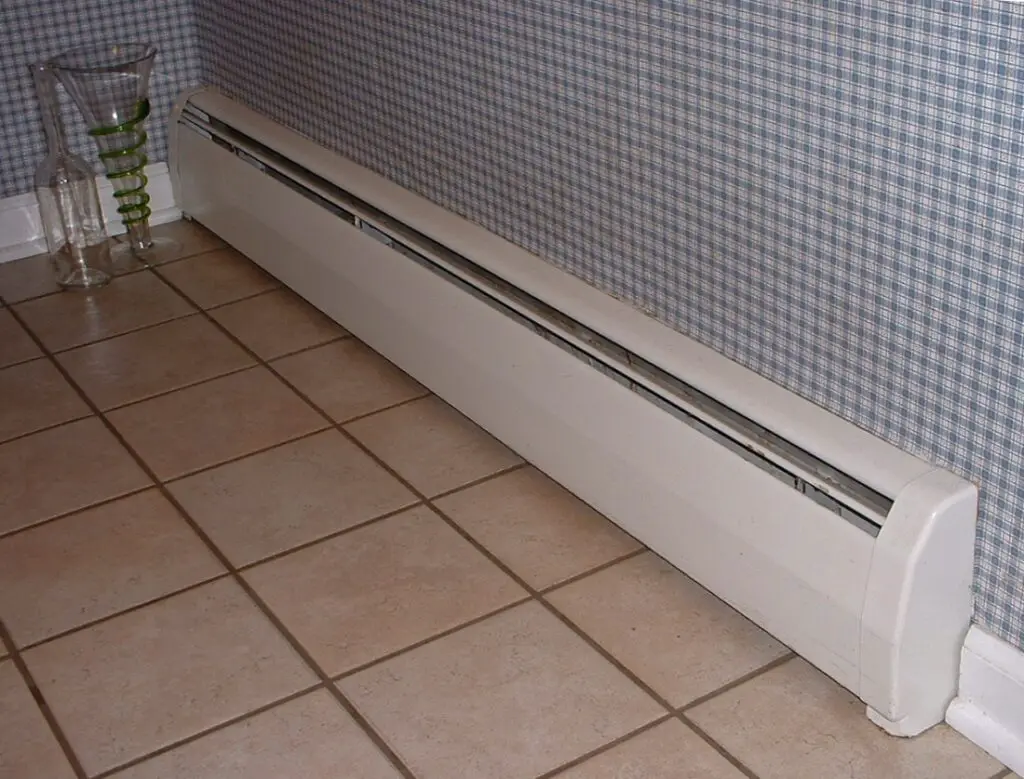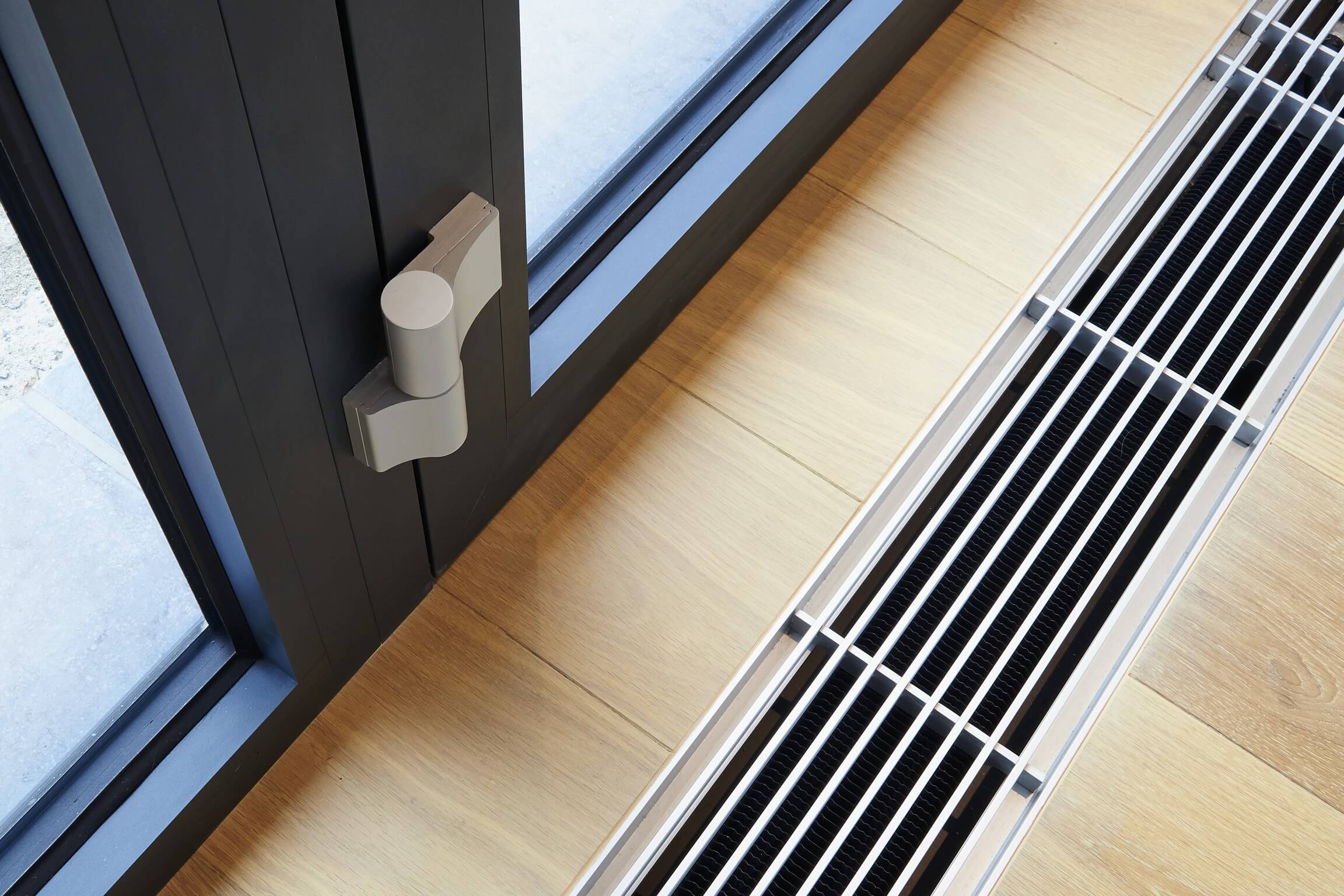How Does Gas Baseboard Heating Work
Introduction
How Does Gas Baseboard Heating Work: Gas baseboard heating is a popular and efficient method of heating homes and buildings. It utilizes natural gas as a fuel source to generate heat, which is then distributed throughout the space via baseboard units. This type of heating system is commonly found in colder climates where a reliable and cost-effective heating solution is necessary.
So, how exactly does gas baseboard heating work. The process begins with the combustion of natural gas in a burner, which produces hot gases. These gases are then passed through a heat exchanger, where the heat is transferred to the surrounding air. The heated air is then forced out into the room through the baseboard units, which are typically located along the perimeter of the space.
The baseboard units consist of a metal housing that contains a series of copper or aluminum fins. These fins help to increase the surface area of the unit, allowing for more efficient heat transfer. As the hot air passes over the fins, it warms up and rises, creating a convection current that circulates the heat throughout the room.
One of the main advantages of gas baseboard heating is its ability to provide consistent and even heat distribution. This is especially beneficial in larger rooms or open floor plans where maintaining a comfortable temperature can be challenging.

Can you have baseboard heat with gas?
Baseboard heating eliminates furnaces, ducts, and blowers. Heat from electricity, gas, or water gently rises from the floor to the ceiling to warm the room.
Yes, gas baseboard heat is possible. Baseboard heating systems are popular with homeowners seeking efficient and effective house heating. Baseboard heating systems can use gas. Gas baseboard heaters have advantages over electric ones.
Cost is one of the key benefits of gas baseboard heating. Gas baseboard heaters save homes money on heating bills since gas is cheaper than electricity. Gas baseboard heaters heat a space faster and more efficiently than electric ones.
Another benefit of gas baseboard heating is reliability. Gas-powered baseboard heaters provide steady heat during power outages. Gas-powered heaters don’t need energy like electric baseboard heaters. In places with regular power outages or residences that need consistent heat, this is crucial.
Gas-powered baseboard heaters are affordable, reliable, and easy to install and maintain. Since they have no moving parts, gas-powered baseboard heaters require less maintenance than conventional heating systems.
Does baseboard heating use gas or electric?
The most popular baseboard heaters are electric. These systems use metal tubing and thermostats for each baseboard heater. Hot Water: Hydronic baseboard heaters are available. These radiant heat systems heat water with a central boiler.
Many households use baseboard heating for efficient and effective warmth in the winter. One typical question is whether baseboard heating uses gas or electric. Most baseboard heating is electric. This heating system uses room-specific baseboard units. When electric current flows through these elements, they generate heat. The room is warmed by the heat.
However, gas baseboard heating uses natural gas or propane. This heating method uses individual units along baseboards like electric baseboard heating. Heat is then dispersed to warm the room.
Both electric and gas baseboard heating have pros and cons. No chimney or flue means less heat loss, making it more energy-efficient. In locations with high electricity prices, electric baseboard heating is more expensive. However, gas baseboard heating requires a gas connection and ventilation, which increase installation and maintenance costs.
What are the disadvantages of baseboard heating?
Baseboard Heater Cons
Expensive to operate Expect higher utility bills than with forced air through an HVAC system. Safety hazard: Electric baseboard heaters can get extremely hot. Without proper maintenance and care, they can become a fire hazard. To prevent fire, keep furniture and curtains at least six inches away.
Baseboard heating is a popular heating option in many homes, but it does come with its fair share of disadvantages. One of the main disadvantages of baseboard heating is its lack of efficiency. Another disadvantage of baseboard heating is its reliance on electricity. Baseboard heating can take up valuable wall space. This can be particularly problematic in smaller spaces where every inch of wall space is valuable.
In addition to these drawbacks, baseboard heating can also be noisy. Lastly, baseboard heating can be difficult to control and regulate. This can make it challenging to maintain a consistent and comfortable temperature throughout the home.
Is baseboard heating cheaper than gas?
Baseboard heating is a type of heating system that uses electric resistance to generate heat. It consists of long, narrow units installed along the baseboards of a room. However, it can be relatively expensive to install, especially in larger homes.
Gas heating, on the other hand, uses natural gas or Gas heating systems are generally cheaper to install than baseboard heating systems.
Another factor to consider is the energy efficiency of the heating system. Gas heating systems, on the other hand, may have some energy loss through the ducts or pipes. However, modern gas heating systems have become more efficient in recent years, reducing this energy loss.
The use of gas as the fuel source for baseboard heating offers several advantages. Gas is a highly efficient and cost-effective fuel, making it an economical choice for heating. Additionally, gas baseboard heating systems can be easily controlled and adjusted to maintain a consistent and comfortable temperature.
How does gas baseboard heating differ from other heating systems?
Gas baseboard heating differs from other heating systems in several ways. Firstly, it uses natural gas as its fuel source, which is a clean and efficient energy option. This means that gas baseboard heating produces fewer emissions and has a smaller carbon footprint compared to other heating methods such as oil or electric heating.
What are the main components of a gas baseboard heating system
A gas baseboard heating system consists of several key components that work together to provide efficient and effective heating. The main components include a gas-fired boiler, baseboard heaters, a thermostat, and a distribution system.
The baseboard heaters are long, narrow units that are installed along the base of the walls in each room. They are made of metal and have a series of fins or tubes that allow for efficient heat transfer. As the hot water from the boiler flows through the baseboard heaters, the fins or tubes heat up and radiate warmth into the room.
How efficient is gas baseboard heating compared to other heating methods?
Gas baseboard heating is known for its high efficiency compared to other heating methods. The principle behind its efficiency lies in the way it distributes heat. Unlike forced-air systems that blow hot air into a room, gas baseboard heating uses convection to circulate warm air. This means that the heat rises naturally from the baseboard and spreads evenly throughout the room, creating a comfortable and consistent temperature.
Additionally, gas baseboard heating systems are designed with individual thermostats for each room, allowing for precise temperature control. This means that you can adjust the heat in each room according to your preferences, avoiding unnecessary energy consumption. The ability to zone heating in this way can lead to significant energy savings and increased efficiency. This feature enables you to reduce heat when you’re not at home or during the night, further optimizing energy usage and efficiency.
Are there any safety considerations or precautions to be aware of when using gas baseboard heating?
When using gas baseboard heating, it is important to be aware of certain safety considerations and take necessary precautions to ensure the well-being of your household. One of the primary safety concerns with gas baseboard heating is the potential for carbon monoxide (CO) leaks. Carbon monoxide is a colorless and odorless gas that can be produced by gas-burning appliances, including gas baseboard heaters. To prevent CO leaks, it is crucial to have your gas baseboard heating system regularly inspected and maintained by a qualified professional. Additionally, installing carbon monoxide detectors in your home is highly recommended to provide an early warning in case of a leak.
Another safety consideration is the risk of fire. Gas baseboard heaters generate heat through combustion, so it is important to keep flammable materials, such as curtains or furniture, at a safe distance from the heaters. Additionally, it is essential to ensure proper ventilation in the room where the gas baseboard heating system is installed. Adequate ventilation helps prevent the buildup of potentially harmful gases and ensures the efficient operation of the heating system.
While gas baseboard heating is an efficient and effective heating method, it is crucial to prioritize safety. Regular maintenance, installation of carbon monoxide detectors, and proper ventilation are key precautions to be aware of when using gas baseboard heating. By taking these safety measures, you can enjoy the warmth and comfort of your gas baseboard heating system with peace of mind.

Conclusion
Gas baseboard heating works by using natural gas to heat a series of metal fins that are mounted along the baseboard of a room. The gas is burned in a combustion chamber, which heats up the metal fins. As the fins heat up, they radiate heat into the room, providing a consistent and efficient source of warmth. This type of heating system is popular in many homes and buildings because it is relatively inexpensive to install and operate, and it provides a comfortable and even heat distribution.
One of the main advantages of gas baseboard heating is its efficiency. Another advantage of gas baseboard heat is its versatility. This makes it a popular choice for homeowners and contractors who are looking for a cost-effective and efficient heating solution.
Gas baseboard heating is an efficient and versatile heating system that uses natural gas to heat a series of metal fins mounted along the baseboard of a room. This type of heating system provides a consistent and even heat distribution, resulting in a comfortable living environment. Gas baseboard heating is also highly efficient, reducing energy waste and lowering energy bills. Its versatility allows for easy installation in both new and existing buildings, making it a popular choice among homeowners and contractors. Overall, gas baseboard heating is a reliable and cost-effective heating solution for many homes and buildings.








